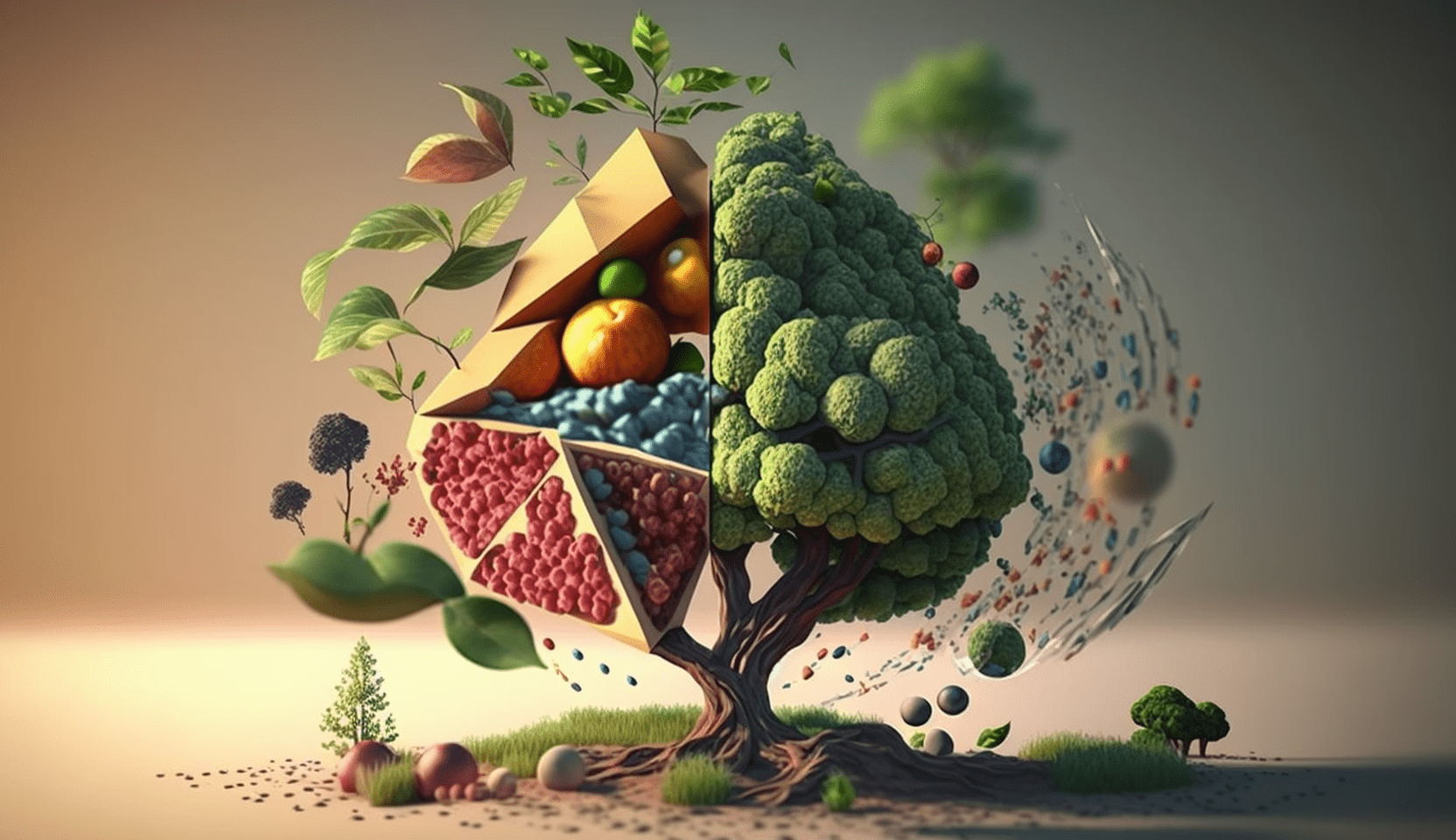
Microbiologist and fashion designer Anke Domaske developed a textile fibre from cow’s milk. The milk fibre QMILK is ecologically and biologically degradable and exceptionally skin-friendly.
Domaske was driven by the idea of creating clothing tat is not chemically treated. She came across milk proteins – and a process that was already developed in the 1930s. Because the process was not very energy-efficient and needed environmentally harmful chemicals, she prepared it for the market in her own laboratory and bought the requisite equipment for two hundred euros at a supermarket. The laboratory in the Faserinstitut Bremen ( Fibre and Wool Institute of Bremen) was put to good use as well. The work took quite a while to do. But it all came together and Domaske finally had a milk fibre that was organic and biodegradable. Her innovation has since been awarded numerous prizes.
Soft as silk
The manufacturing process of the milk fibre sounds a bit like a recipe. The basis is the casein contained in the milk which forms in the flakes of sour milk. The casein is dried and mixed with other ingredients such as beeswax, wheat bran and water, then heated and kneaded. The resulting mass is pressed through spinnerets in order to create fibres. The fibres are spun into threads after passing through a thermal drying process. Domaske used the machines at the Faserinstitut Bremen during the R&D phase. In the meanwhile, the company now has its own manufacturing facility in Hanover.
The milk fibre feels soft as silk on the skin, has an antibacterial effect and is water-resistant as well as thermo-regulating. QMilk received an excellent rating in the dermatological test. Care is uncomplicated: the fabric is durable and machine-washable.
Domaske learned the tailoring trade from her grandmother. During her studies, she launched her own fashion label Mademoiselle Chi Ch. When they started using milk fibre, the label was given its own fibre. Since then, this innovation is also being used by manufacturers like Vaude. Following on from the milk fibre, Domaske went on to create a skin care series from cow’s milk. Both products are sold online. In a collaboration with an Italian company, the milk fibre was transformed into fleece for handkerchiefs. Domaske is also involved in medical research and development projects based on milk fibre, although these are not yet ready for the market.
An interview with the founder:

What motivates you? What problem do you solve and why is that important?
We want to make a difference and solve problems. There are several approaches. But above all, we are concerned that a lot of milk is thrown away because it does not comply with food regulations. This is a problem that arises, for example, when the milk truck arrives too late at the farmer`s premises. In Germany alone, two million tons of milk waste are discarded each year. For us, this milk is a valuable raw material that allows us to produce milk fibres.
What was the biggest obstacle you have had to overcome? Was there a moment when you wanted to give up?
There were many obstacles, but the biggest obstacle was definitely the design of the fibre itself. Our demands were high. The milk fibre had to be natural and sustainable. But I never doubted the idea – no matter how huge the obstacle was.
What have been the best moments so far? What achievements made you really proud?
The biggest highlights were the delivery of my first machine, seeing the first product on the market and the Greentech Award 2015.
What can we expect from you in the coming year?
There are more and more products entering the market, we can find just as many applications within the footwear sector, among other things. The manufacturers who we work together with are also interested in our felt, whereby milk fibres are mixed with wool giving it excellent climate regulating properties. Wool warms in winter and cools in summer.

Where would you like your company to be in five years – what is your ultimate goal?
Our ultimate goal is to build a house completely out of QMILK – this is possible in theory!
What makes your innovation better than or different from what already is out there?
We have developed a new process that enables us to produce things very sustainably and without waste. In addition, we recycle a stream of by-products from the food industry and utilize the benefits of nature.
Thank you for talking to me.
Are you interested in start-ups? An overview of all our articles on this topic can be found here.







